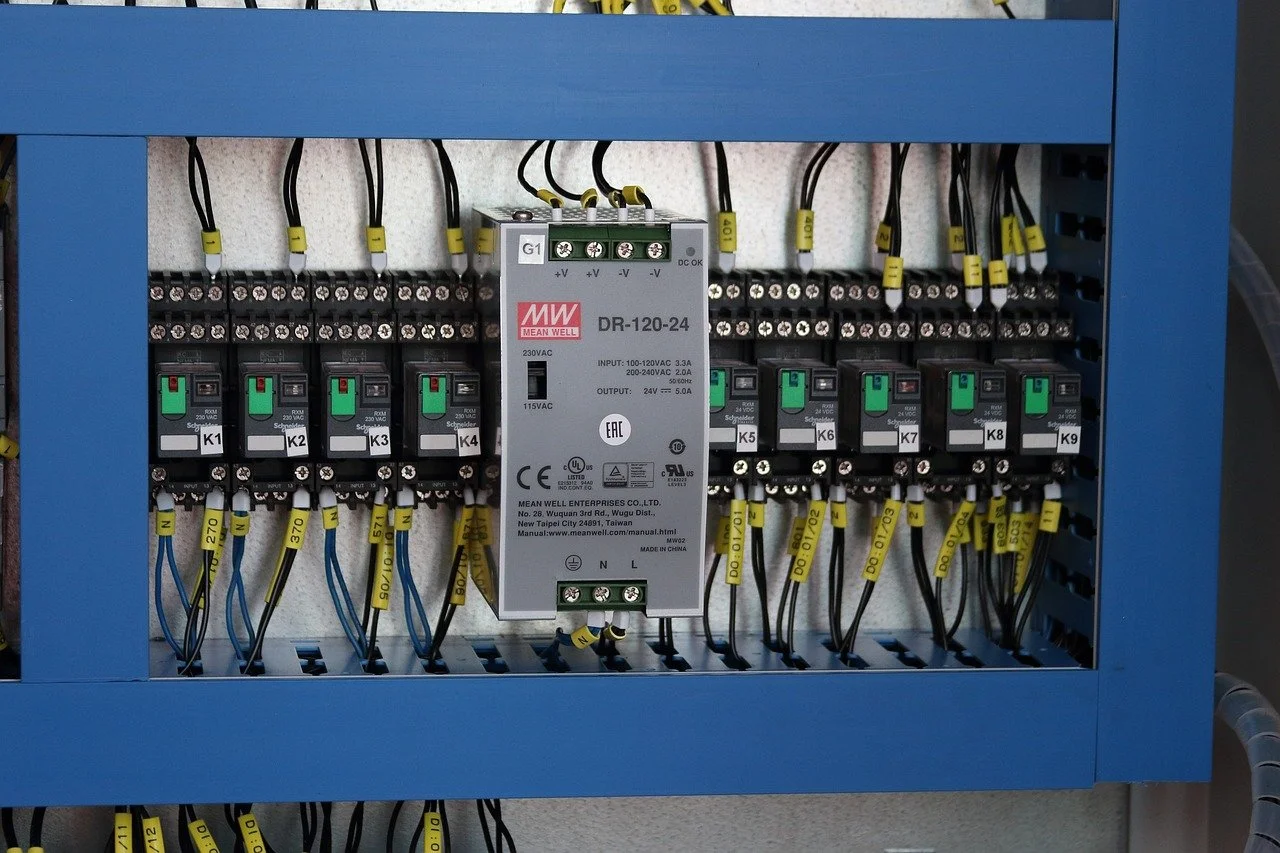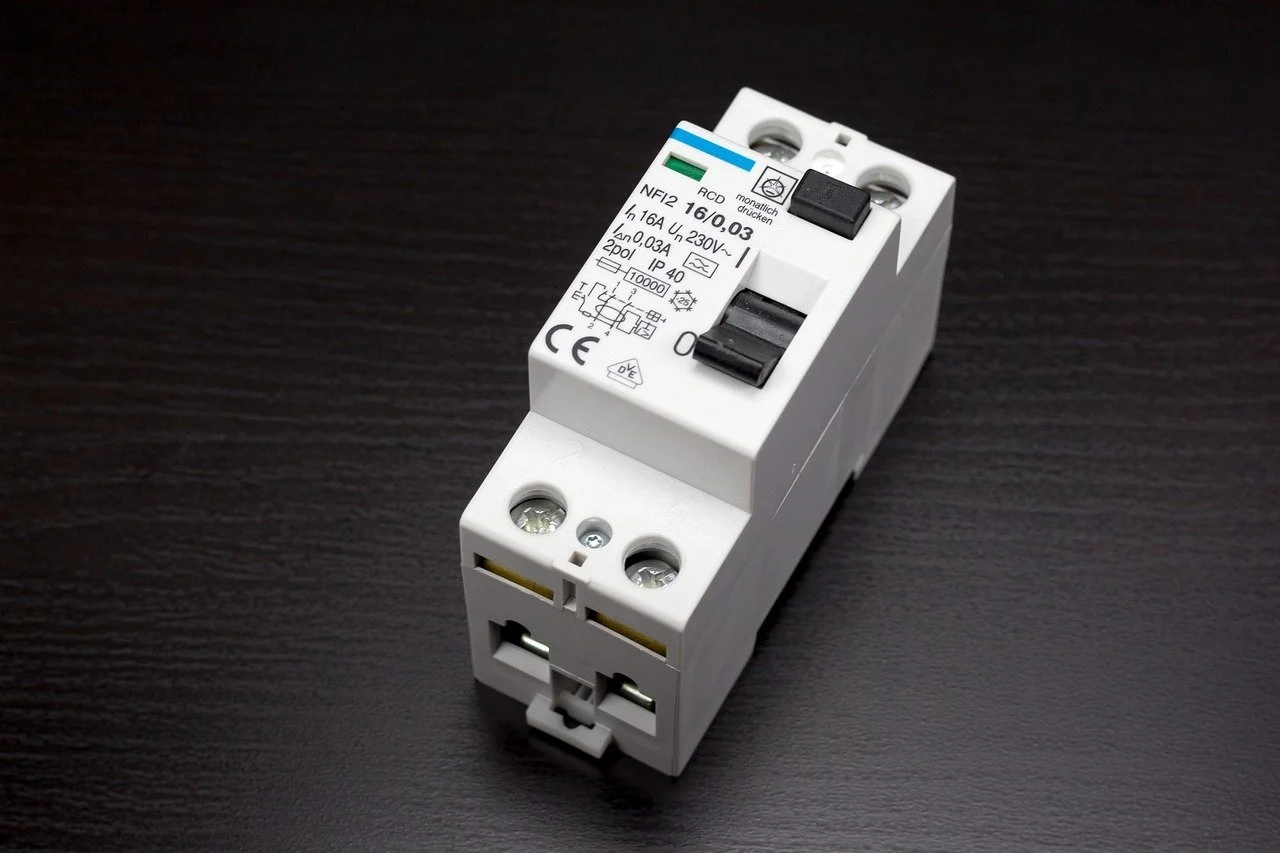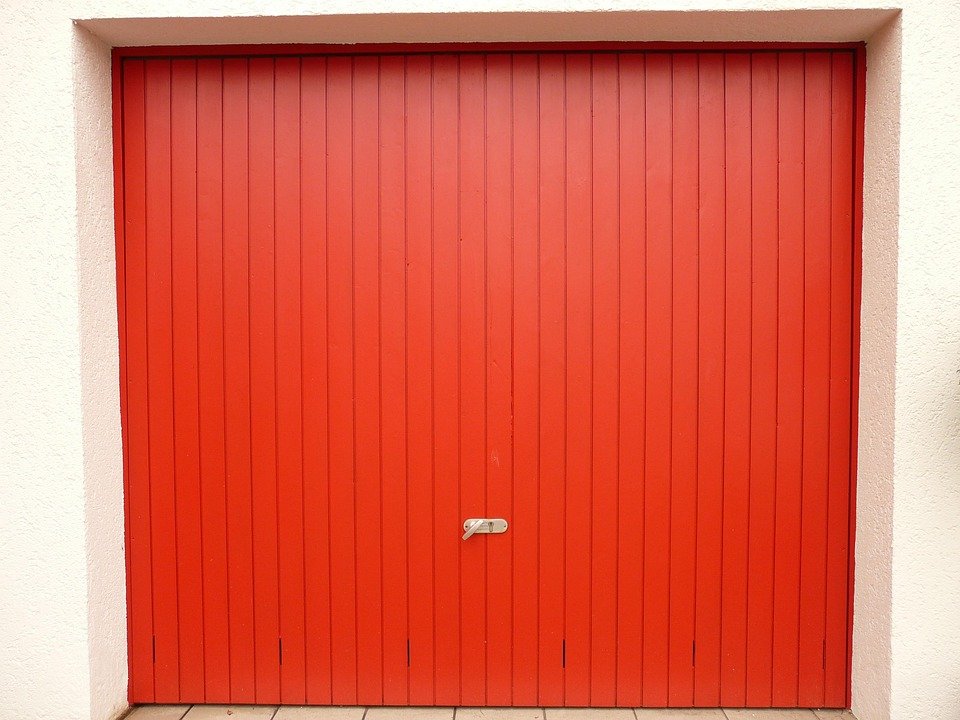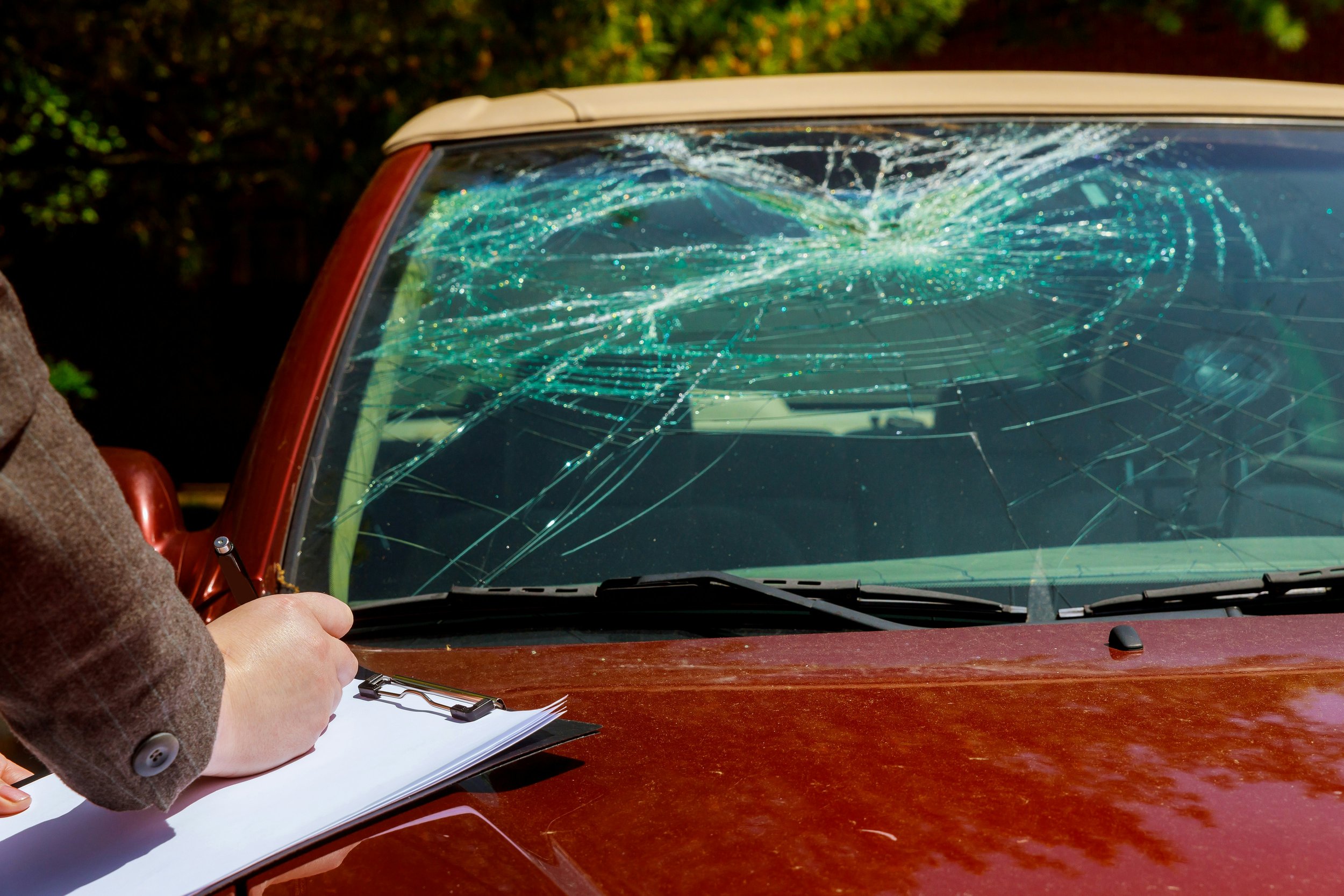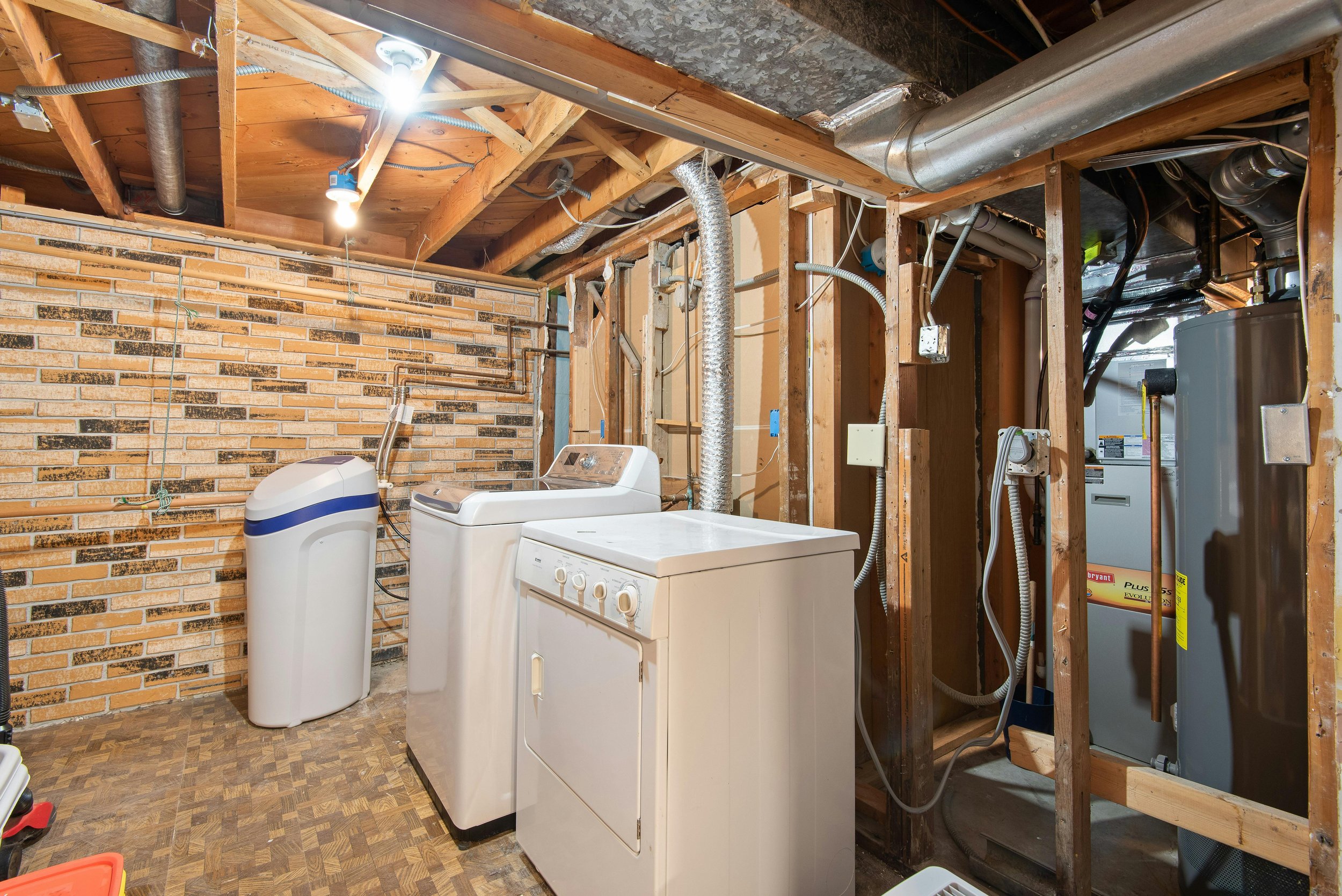How to Fix a Tripped Breaker: Step-by-Step Guide
Learn how to fix a tripped breaker with our simple step-by-step guide. Find out the common causes, safety tips, and troubleshooting techniques to restore power to your home quickly and easily.
You’re watching TV, the microwave’s humming, the lights are on, and—bam—everything goes dark. If this sounds familiar, chances are you’ve experienced a tripped breaker. While it’s not exactly a life-threatening emergency, dealing with a tripped breaker can be frustrating, especially if you don’t know where to start. But don’t worry, fixing a tripped breaker is actually a straightforward process. In this How to Fix a Tripped Breaker: Step-by-Step Guide, we’ll walk you through what causes a breaker to trip, how to safely reset it, and what to do if the problem persists. So, roll up your sleeves and let’s get your power back on!
Why Do Circuit Breakers Trip?
Before diving into the step-by-step guide, it’s important to understand why circuit breakers trip in the first place. A breaker trips when it detects an electrical issue that could lead to overheating or fires. It’s essentially your home’s way of saying, "Hey, something’s wrong here!"
Common Causes of a Tripped Breaker
Overloaded Circuit: An overloaded circuit is a common cause of a tripped breaker. This occurs when you connect too many devices or appliances to a single circuit, exceeding the breaker's capacity. The breaker trips to prevent overheating and potential fire hazards, cutting off power to protect your electrical system. To resolve this, redistribute the load across different circuits.
Short Circuit: A short circuit happens when a hot wire comes into contact with another hot wire or a neutral wire, creating a dangerous surge of electricity. This surge can cause damage to appliances and pose a serious fire risk. If you experience a short circuit, it's crucial to address the issue immediately by inspecting and repairing faulty wiring.
Ground Fault: A ground fault occurs when a hot wire comes into contact with a grounded surface, such as a metal box or bare ground wire. This contact creates an unsafe electrical surge, which can be dangerous and lead to potential shocks or fires. To prevent ground faults, ensure all wiring and connections are properly insulated and grounded.
Faulty Appliances: Faulty appliances can trip your breaker if they draw too much power or have internal wiring issues. These problems can overload the circuit and cause frequent breaker trips. To address this, check appliances for signs of damage or malfunction, and consider having them inspected or repaired to prevent further electrical issues.
Now that you know the common culprits, let’s move on to fixing that tripped breaker!
How to Fix a Tripped Breaker: Step-by-Step Guide
Step 1: Locate Your Electrical Panel
First things first, locate your home’s electrical panel. It’s typically found in a basement, garage, or utility room. Open the panel door to reveal a series of switches, known as circuit breakers. Each switch controls the electrical flow to different parts of your home. To troubleshoot, you’ll need to identify which breaker is tripping and understand what it controls. This will help you determine whether the issue lies with the circuit itself or with an appliance connected to it.
Step 2: Identify the Tripped Breaker
Check for a breaker that isn’t fully in the “on” position. A tripped breaker often ends up in the “off” position or gets stuck between “on” and “off.” This position indicates that the breaker has been triggered and is causing your power outage. To resolve the issue, you’ll need to reset the breaker by turning it completely off and then back on. If the breaker trips again immediately or continues to malfunction, there might be an underlying issue that requires further investigation by a professional.
Pro tip: Some breakers come with a small indicator window that turns red when the breaker is tripped. This visual cue makes it easier to identify which breaker has tripped at a glance, saving you time and effort in locating the problem. Simply look for the red indicator to quickly pinpoint the issue and take the necessary steps to resolve it.
Step 3: Turn Off Appliances
Before resetting the breaker, turn off or unplug any appliances or devices connected to the tripped circuit. This step helps reduce the electrical load and minimizes the risk of the breaker tripping again immediately after you reset it. By isolating the devices, you can better determine whether the issue lies with the circuit itself or with a particular appliance. Once the devices are disconnected, you can safely reset the breaker by flipping it off and then back on, restoring power to the circuit. If the breaker continues to trip, further investigation into the cause may be necessary.
Step 4: Reset the Breaker
Now comes the moment of truth! To reset the tripped breaker:
Firmly push the breaker to the "off" position.
Wait a couple of seconds.
Flip the breaker back to the "on" position.
You should feel or hear a slight click when the breaker resets properly.
Step 5: Test the Circuit
Once you’ve reset the breaker, return to the room that lost power and test your appliances or lights. If everything is functioning correctly, you’ve successfully resolved the issue. However, if the breaker trips again immediately, there may be a more serious underlying problem. In such cases, it’s important to investigate further or consult a professional electrician to diagnose and fix the issue. Persistent tripping could indicate problems such as a short circuit, ground fault, or faulty wiring that requires expert attention to ensure safety and proper functionality.
Troubleshooting a Breaker That Keeps Tripping
If your breaker keeps tripping even after you reset it, don’t panic just yet. Here are a few troubleshooting tips to help you figure out what’s going wrong:
1. Check for Overloaded Circuits
Unplug some appliances from the circuit and try resetting the breaker again. If the breaker stays on, you were likely just overloading the circuit. To prevent this from happening in the future, consider spreading out the electrical load by plugging some devices into different outlets or circuits. This can help balance the electrical demand and reduce the risk of tripping the breaker again.
2. Inspect for Short Circuits
A short circuit can be trickier to diagnose. Look for visible signs of damage, such as scorch marks or burnt outlets, which may indicate where the short circuit has occurred. If you suspect a short circuit, it's advisable to call a professional electrician to inspect the wiring. They have the tools and expertise to safely identify and repair the problem, ensuring that your electrical system is both safe and functional.
3. Test for a Faulty Appliance
Unplug all devices connected to the circuit and try resetting the breaker. Once it’s reset, plug each device back in one by one to determine which one causes the breaker to trip. This process of elimination can help pinpoint the faulty appliance or device. If you identify the problematic item, avoid using it until it’s repaired or replaced, and consider consulting an electrician if the issue persists or seems complex.
4. Ground Fault Protection
If your breaker trips due to a ground fault, installing Ground Fault Circuit Interrupters (GFCI) in moisture-prone areas like bathrooms or kitchens can provide added safety. GFCIs are designed to detect ground faults and quickly cut power to prevent electrical shocks. They are essential for protecting areas where water and electricity may come into contact, ensuring a safer environment and reducing the risk of dangerous electrical hazards.
When to Call an Electrician
Sometimes, a tripped breaker is a sign of a bigger electrical problem. If your breaker keeps tripping despite your troubleshooting efforts, or if you notice unusual signs like a burning smell or flickering lights, it’s time to call in a licensed electrician. Messing with electrical wiring can be dangerous if you’re not sure what you’re doing, and it’s better to be safe than sorry.
Conclusion
Fixing a tripped breaker isn’t as daunting as it seems. With this How to Fix a Tripped Breaker: Step-by-Step Guide, you now know how to identify, reset, and troubleshoot your home’s circuit breakers safely and effectively. Whether it’s an overloaded circuit or a faulty appliance, most issues can be resolved quickly if you follow these steps. Just remember—if things get complicated or the breaker won’t stay on, don’t hesitate to call a professional electrician. Safety first, folks!
Now that you’re a breaker-resetting pro, go ahead and flip that switch with confidence!
Frequently Asked Questions
Why does my breaker keep tripping?
A breaker trips due to electrical issues like an overloaded circuit, short circuit, ground fault, or a faulty appliance. Try reducing the electrical load or inspecting your devices to see if they’re the problem.
Is it safe to keep resetting a tripped breaker?
If your breaker trips occasionally and resets fine, it’s usually safe. However, if it keeps tripping, there may be a more serious issue, and you should call an electrician to check it out.
Can a breaker wear out?
Yes, circuit breakers can wear out over time. If your breaker frequently trips or won’t reset, it might be time to replace it. An electrician can help determine if a replacement is necessary.
How do I know if I’m overloading a circuit?
If your circuit frequently trips when you’re using multiple appliances or devices, you’re probably overloading it. Try spreading the load across different outlets or unplugging a few items.
What’s the difference between a short circuit and a ground fault?
A short circuit occurs when two live wires touch, while a ground fault happens when a live wire touches a grounded object. Both can cause dangerous electrical surges, so they need to be addressed quickly.

